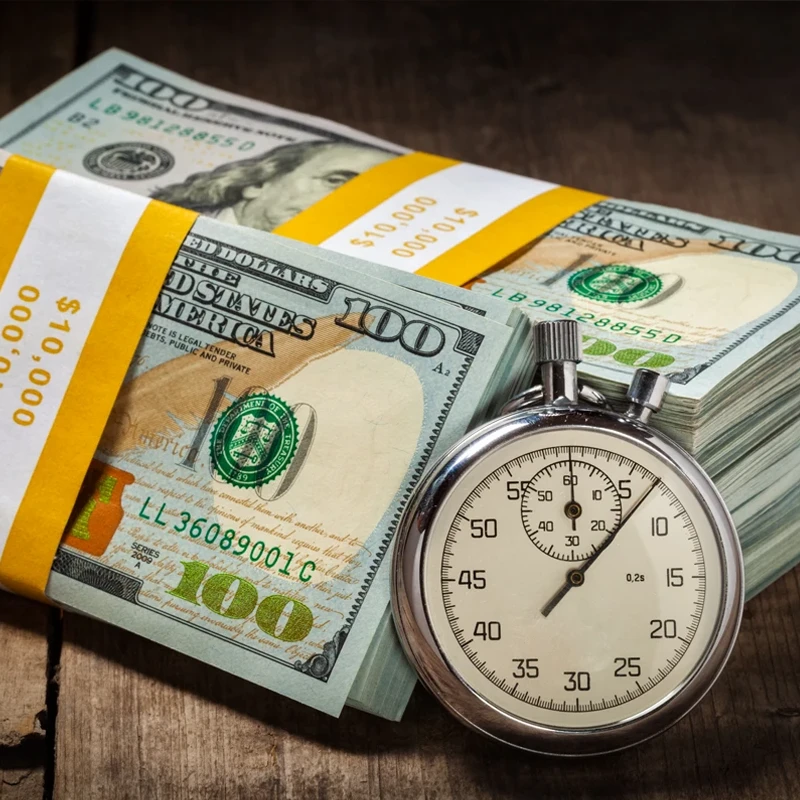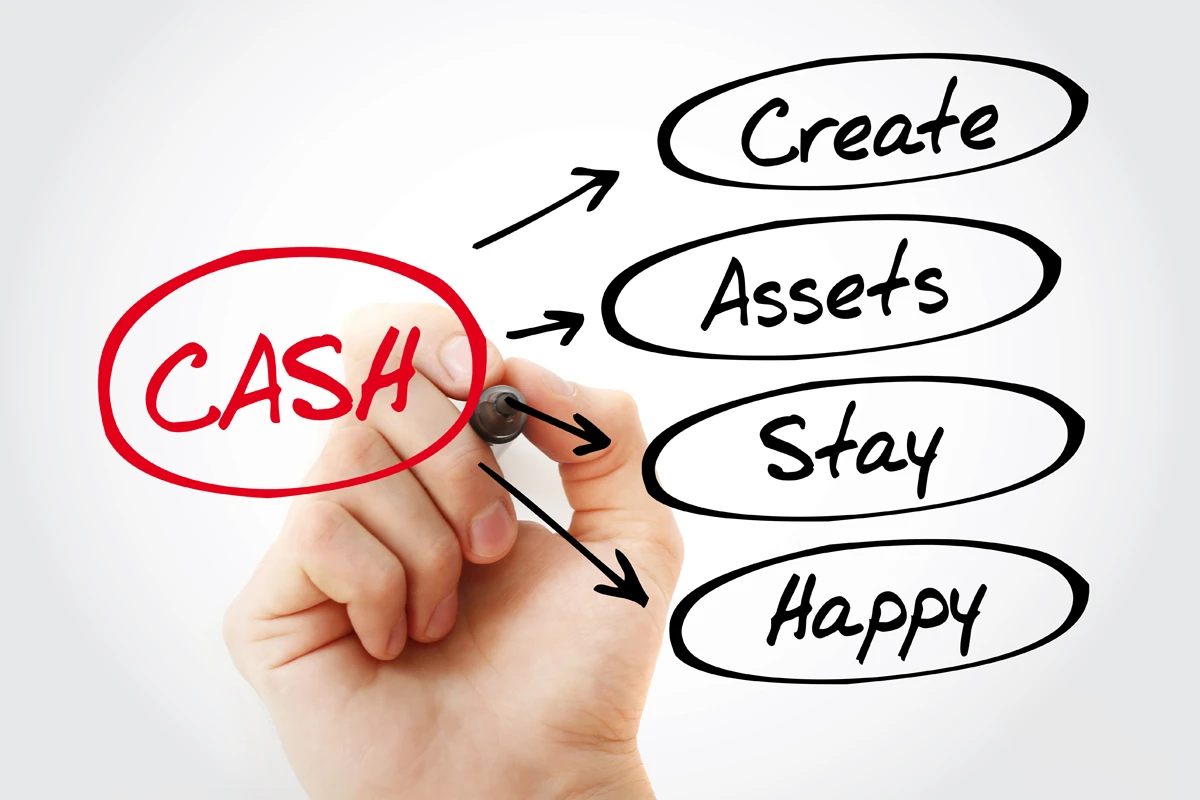Imagine opening your banking app and seeing a fresh deposit, not because you worked overtime, but because your money did—tiny employees hustling around-the-clock to pay you. Viewing every saved dollar as a subject in your kingdom who has dedicated their life to making you wealthier. This lens is powerful because it ties wealth to freedom. When dollars morph into self-replicating income streams, the question shifts from “How big can my pile get?” to “How soon can my pile pay all my bills?”—and that’s when financial independence stops feeling like a distant dream and starts looking like an achievable goal.

Whether it’s high-yield ETFs like RYLD spitting out roughly 1% a month or rock-solid dividend growers compounding quietly, the goal is simple: convert idle savings into a relentless cashflow machine that chips away at your bills, funds your freedoms, and eventually makes your day job optional.
Why Cash-Flow First Wins
Most people hear “financial freedom” and picture a seven-figure mountain. That’s pile-of-money thinking. Cash-flow thinking flips the lens: you don’t need millions; you need a stream big enough to cover your real-world bills.
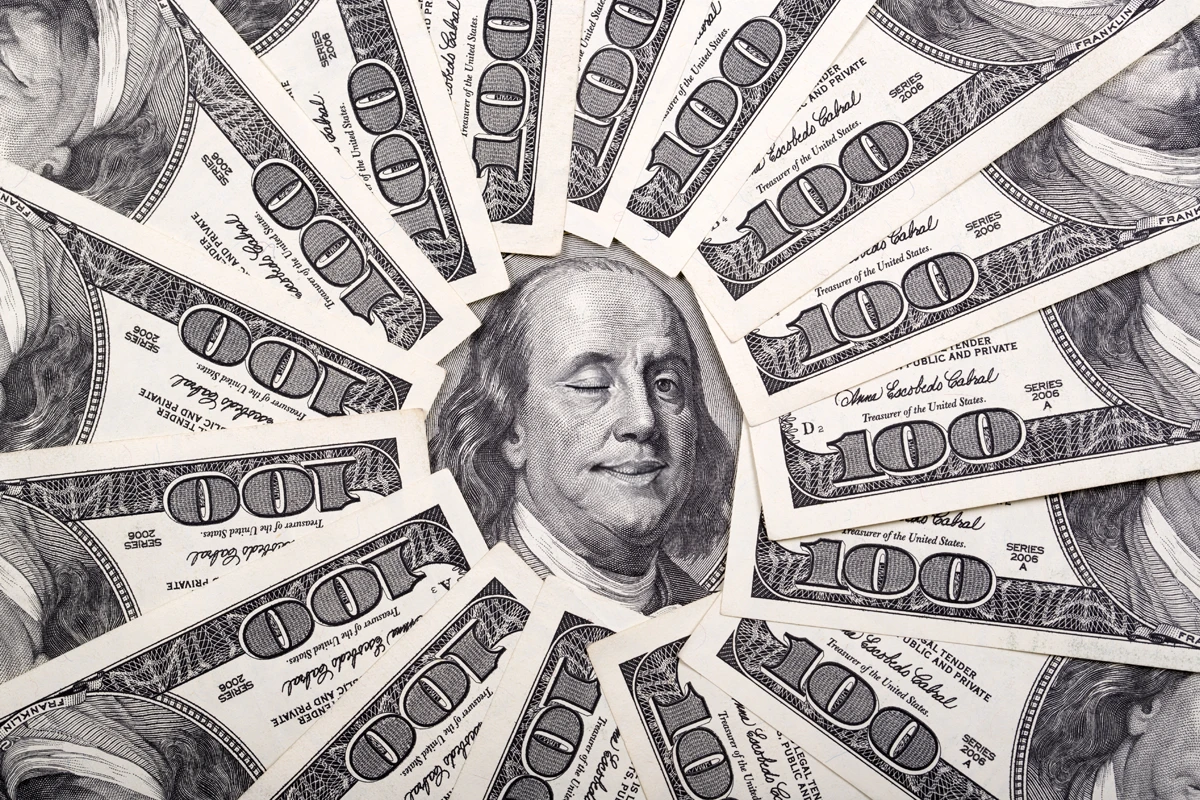
Here’s the mind-bender
- If your essentials cost $2,000 a month and you rely on the classic 4 % rule, you’re staring at roughly $600k in invested capital.
- Put the same $2 k target into a vehicle paying around 1 % per month—that’s $100,000 generating $1,000 and another $100,000 doing the same. $200 k suddenly buys the same freedom ticket.
Cash-flow reframes every decision
- Clarity over Guesswork – Monthly expenses × realistic yield = capital target. Simple.
- Faster Wins Feed Momentum – Each new asset that spits out cash brings freedom days, not decades, closer.
- Spending Becomes Opportunity Cost – A $50 splurge isn’t “just $50”; it’s $0.50-per-month you chose not to collect forever.
Switch the metric from “How big is my pile?” to “How much do my little workers pay me?” and watch the finish line sprint toward you.
Build Your Engine with Assets That Print Money
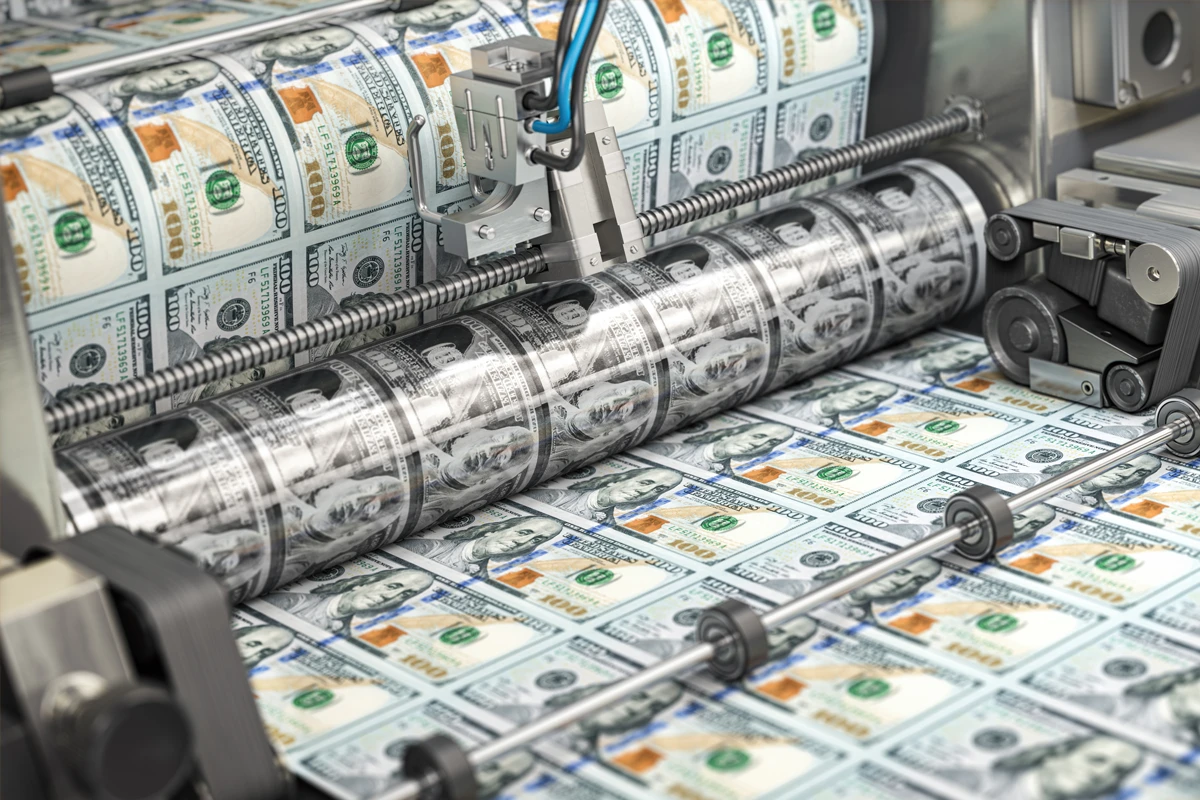
Ready to see theory hit the real world? In this section, we’ll build a live, numbers-based plan that turns passive income into free rent. We’ll break down an actual $2 000 monthly rent payment—plus a safety buffer—using cash flowing from real ticker symbols and asset types you can buy today. Follow the math, plug in your own numbers, and walk away with a blueprint for letting investments, not paychecks, cover the roof over your head.
Asset Type and Sample Tickers | Current Net Yield | Why It Belongs in the Stack | Key Risks to Understand |
High-Volatility Single-Stock Covered-Call ETFs (CONY, TSLY, NVDY) | 80%-150%+ | Monster monthly cash-flow from single-stock option premiums; can turbo-charge income target | Return-of-capital distributions, price whipsaws, yield collapses if volatility falls |
Covered-Call Index ETFs (RYLD, QYLD, JEPQ) | 8%-15% | Reliable 0.8-1% monthly deposits without owning a rental | Payouts fluctuate with option premiums, limited upside in bull markets |
Equity Premium Funds (JEPI) | 8%-9% | Blue-chip core plus options keeps income high with less drama | Yield dips if market volatility falls |
REITs (O, VNQ) | 4%-7% | Hard-asset hedge, rent checks without toilets | Interest-rate sensitivity, sector slowdowns |
Dividend-Growth Stocks (MCD, PG) | 2%-4% today rising | Payouts grow faster than inflation, rock-solid long game | Lower starting income, drawdown temptations |
Investment-Grade Bond ETFs (AGG, BND) | 3%-4% | Stabilizer that still pays every month | Inflation can outpace coupons |
Digital IP and Micro-Businesses (courses, e-books) | 20%-100%+ margin | Infinite 'yield' once built; diversifies beyond markets | Requires upfront sweat equity, lumpy income |
Practical Example Using Some Stocks From the Table Above
Let’s say you wanted to replace your rent with cash flow. Let’s dive into a practical strategy on how to replace your rent with a mix of real cash flow while still accounting for unforeseen risks.
Why it works
Table-Driven Diversification
Row 1’s “rocket fuel” (CONY & friends) juices cash-flow but is capped at 10 % so a yield collapse won’t sink the plan.
Rows 2 & 3 form the dependable middle; they keep paying even when volatility drops.
Rows 4 & 5 add stability and payout growth so rent money keeps pace with inflation.
Built-In 20 % Buffer
We’re targeting $2 400, not $2 000. If Row 1’s yield is sliced in half, you still clear ±$2 200.Reachable Capital Need
The mix hits the goal with $300 k—far below the seven-figure nest egg people imagine.
Implementation checklist
Automate buys in the exact percentages above until the income dashboard shows $2 400+.
Reinvest all distributions until you’re 120 % funded, then switch excess into a three-month “Rent Reserve” cash bucket.
Quarterly table review:
Compare each row’s actual payout to its target yield.
If a fund cuts, trim it and top up a sturdier row.
Keep Row 1 ≤ 10 %—treat high-volatility ETFs like hot sauce.
Rinse and repeat for groceries, utilities, or any other fixed expense once rent is locked.
With the original table as your roadmap, every saved dollar slots neatly into a row-defined sleeve—and your rent becomes the first bill your money pays, not you
Disclosure: At the time of writing this article, I currently own shares of CONY, QYLD, and RYLD. Their mention here is solely for illustration. This is not investment advice—always perform your own due diligence before acting on any investment idea.
Automate the Cash Flow Pipeline
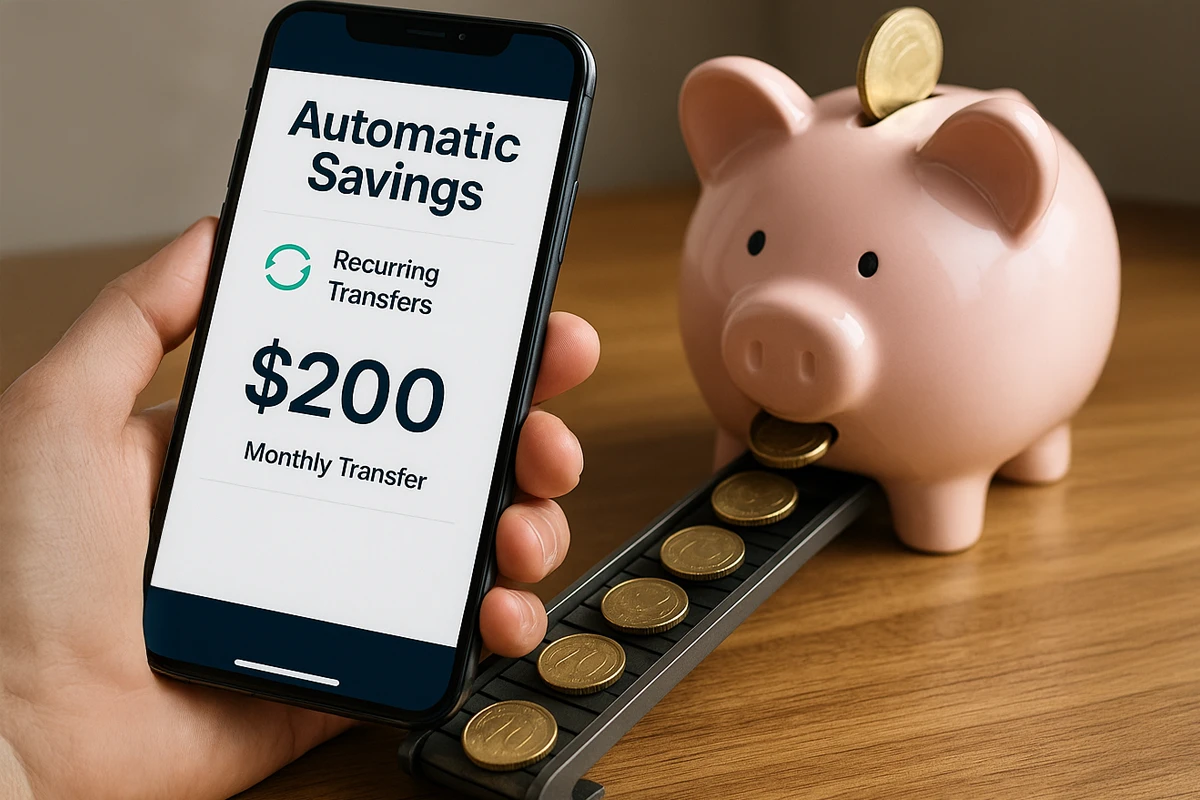
Remember, money you never touch never tempts you.
Reliance on willpower is a tax you pay every payday—one forgotten transfer or “I’ll do it later” delays your freedom date by weeks, even months. Automating the pipeline turns saving and investing from a choice into a default: money leaves your paycheck before you can spend it, lands in the right sleeves at the right weights, and starts printing rent-killing cash immediately. Remove every manual step and the machine compounds on schedule, rain or shine, motivation or none. This is the secret sauce that separates dreamers from people whose investments actually pay their bills.
- Direct-Deposit Splitter – In HR, route a fixed %, e.g. 25 % of every paycheck, straight to your brokerage.
- Preconfigured Auto-Buys – Set up recurring orders that drop cash into each “row” at the exact weights in the rent plan. No manual clicks, no “I’ll do it next week.” (You can also use a broker like M1 Finance to create your own weighted fund that will handle all the rebalancing automatically.)
- DRIP Until You Hit 120% – Re-invest every distribution back into the same fund until the portfolio’s actual monthly income equals $2,400 (20 % buffer). Then flip DRIP off and start harvesting rent checks.
How to Add Guardrails for Risk Management

- Cap the High-Octane Sleeve
- Keep CONY / TSLY / NVDY (the “rocket fuel” sleeve) at or below 10 % of portfolio value so a big yield cut can’t sink your plan.
- Maintain a Three-Month Rent Reserve
- Park $6 k (three months of $2 k rent) in a 5 % high-yield savings or money-market fund to cover distribution delays or cuts.
- Run a Quarterly Yield Audit
- Every 90 days, compare each holding’s current three-month average yield to your target; trim or replace anything drifting off course.
- Diversify Your Payers
- Hold at least five different tickers across three fund families so one manager’s mistake or strategy change can’t gut your income stream.
- Set Hard Exit Rules—Before You Need Them
- Pre-decide: sell if a payout is cut more than 30 % or the price falls 25 % from cost basis. Clear, automatic triggers prevent emotional decisions.
- Keep Volatility Balanced
- Offset the high-yield sleeve with steadier assets (JEPI, VNQ, BND, dividend growers) so you still collect checks when market volatility dries up.
Follow these guardrails and your cash-flow machine will keep the rent paid—even when markets throw a tantrum.
Keep What You Earn with These Simple Tax Hacks
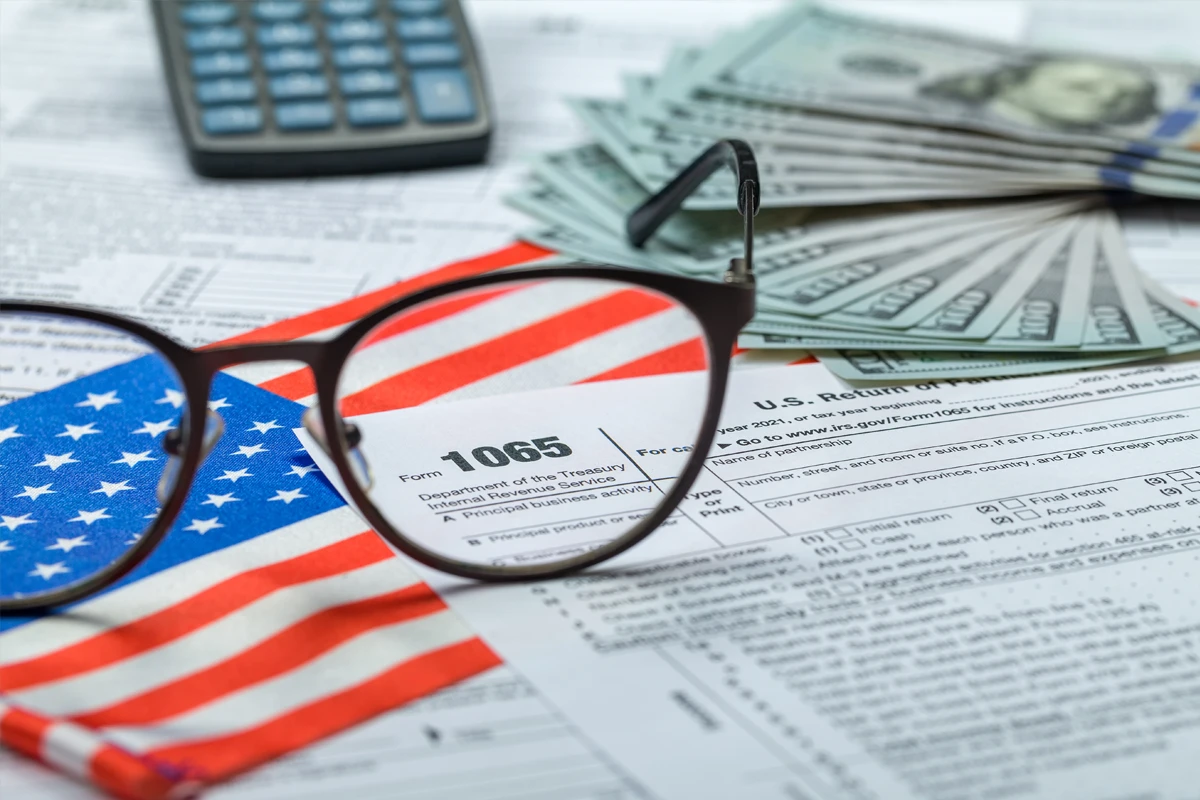
Harvest Losses, Spend Gains: Offset up to $3k of ordinary income each year—and an unlimited amount of capital gains—by selling losers before December 31. Re-buy a near-identical asset after 31 days to keep exposure without tripping the wash-sale rule.
Mind the 60-Day Clock for Qualified Dividends: Hold high-yield stocks/ETFs at least 61 days around the ex-dividend date so payouts qualify for the lower long-term capital-gains rate instead of ordinary income.
Use the 199A REIT Pass-Through Deduction: REIT ETF dividends—normally taxed as ordinary income—may be 20% deductible under §199A. Capture the break by holding funds like VNQ or SCHH in taxable accounts and reporting the qualified portion on Form 8995.
Grab the Foreign Tax Credit on International Covered-Call Funds: ETFs writing options on foreign indexes (e.g., XYLD, HYG) often withhold foreign taxes; claim those dollars back via Form 1116 instead of letting them disappear.
- Re-characterize Ordinary Income as Capital Gains: Select “covered-call ETF of ETFs” (e.g., JEPQ) that classifies part of each distribution as long-term gains or return-of-capital, trimming the immediate tax bite.
Consult Once, Save for Years: A single hour with a CPA who understands high-yield portfolios can uncover state-specific deductions, entity wrappers, or gifting strategies worth multiples of the fee.
Implement only after verifying current IRS rules and your personal tax situation; this list is educational, not individualized advice.
Conclusion — Cash-Flow Is the Shortcut to Freedom
Stop obsessing over how big your pile of money looks and start measuring how loudly it works. When every saved dollar hires itself out as a round-the-clock employee—printing rent checks, grocery money, and eventually “quit-your-job” income—the finish line rushes toward you.
You now have the playbook:
Think in Bills Paid, Not Net Worth.
Assemble your engine—from booster ETFs to steady dividend growers.
Automate every deposit so willpower can’t sabotage progress.
Bolt on guardrails and keep a three-month reserve so surprises don’t throw you back to square one.
Plug the tax leaks so more cash sticks to your fingers.
Execute, iterate, and let time do the heavy lifting. The day your investments pay your rent is the day you realize money isn’t the goal—time is. Build your cash-flow machine, and claim more of it, month after month.


